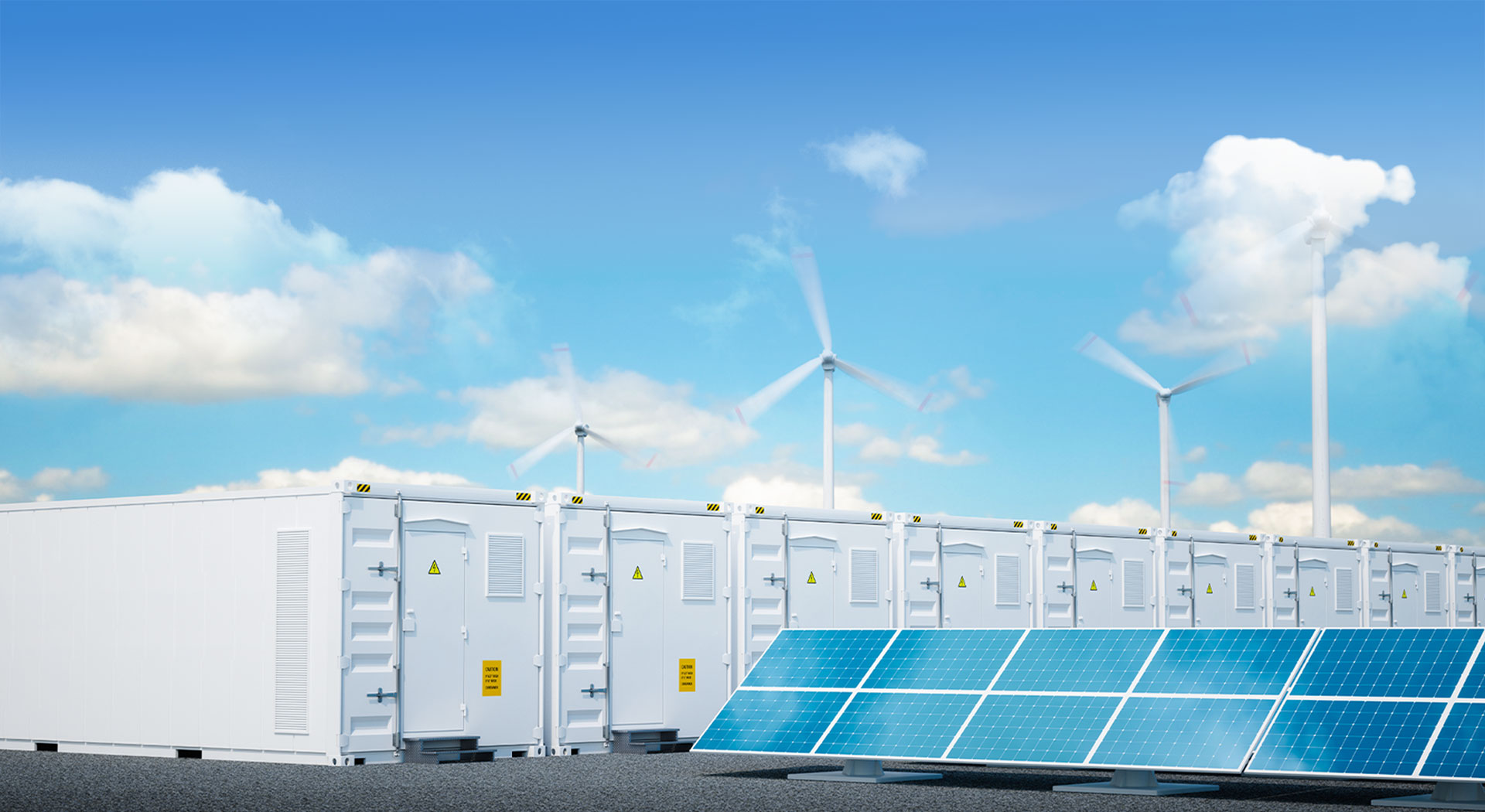In fact, whether it is PetroChina or Sinopec, the intensive launch of charging pile cooperation projects has nothing to do with the recent news of fuel vehicle sales ban.
When the mixed reform of two barrels of oil was started, the charging pile project has always been the focus of all kinds of capital. Oil companies embrace new energy, especially in the layout of the electric vehicle industry, which has certain advantages, because the existing gas stations have settled the land and electricity use. On the highway, monopoly oil companies have greater advantages in providing charging services. At present, we can see charging piles at many gas stations on highways. In the future, relying on the superior resources of PetroChina and Sinopec, a new pattern of gas stations and charging piles will be formed.
At present, in the construction of charging piles, the Internet of Vehicles platform under the State Grid of China has achieved interconnection with 17 charging operators such as Putian New Energy and Telnet. The total number of charging piles accessed has exceeded 167000, achieving unified access and unified payment for most of the charging piles in the country. By 2020, the intercity fast charging network of the State Grid will cover 202 cities in the Beijing-Tianjin-Hebei-Shandong, Yangtze River Delta and other major cities, and 36000 kilometers of expressways. The service radius of suburban counties will not exceed 5 kilometers, the service radius of urban areas will not exceed 3 kilometers, and the service radius of urban areas will not exceed 1 kilometers.
The question is whether the giants who are used to the oil business can play with electricity and compete with the State Grid. After all, the charging industry does not have the same high barriers as oil. The competition between Internet companies and traditional oil giants and the State Grid has begun.



